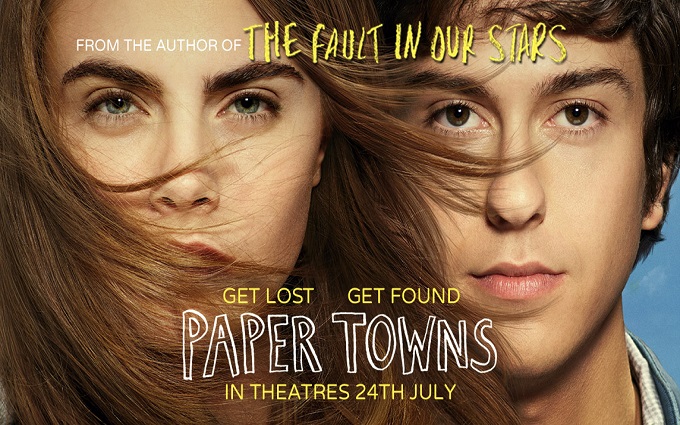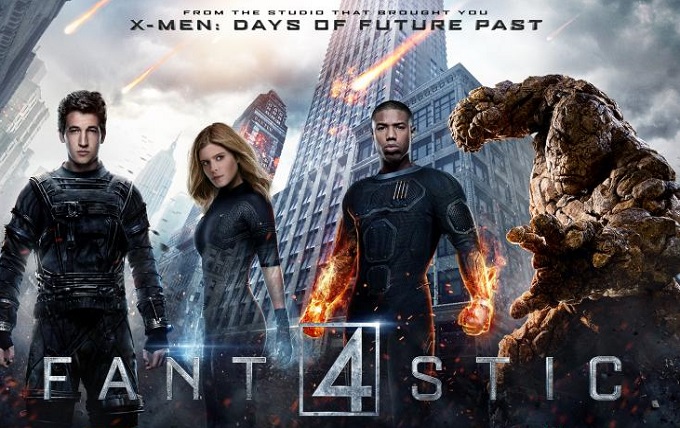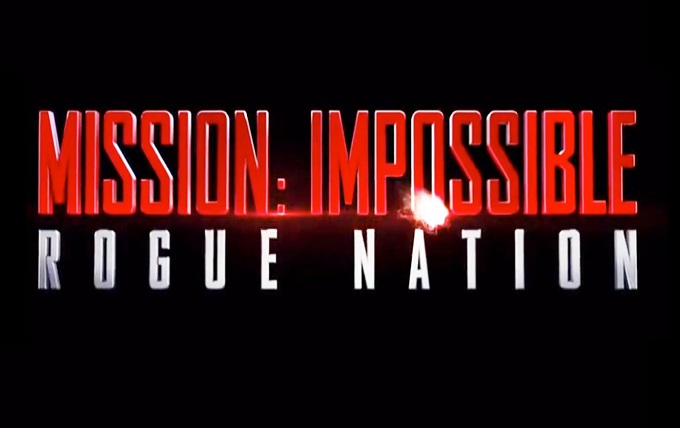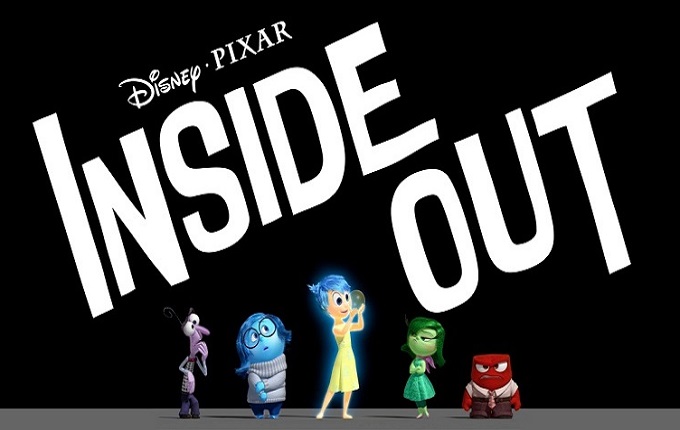Paper Towns Review

The Plot
A teenage boy on the cusp of finishing high school reconnects with the beautiful and mysterious girl next door for once crazy night. When she suddenly vanishes he and his friends embark on a strange and life changing journey to find her.
The Good
John Green reduced global audiences to tears with the painfully bittersweet The Fault In Our Stars, thankfully Paper Towns has a more whimsical and less tragic approach to teen romance. Green’s books translate well to screen and his knack for creating sincere emotions and drama remains firmly intact.
Delevigne is cleverly cast as Margo , the films missing girl and mysterious holy grail. Her real life fame and notoriety lends her character an instant aura of intrigue and allure. It would have been far more challenging for an average unknown actress to achieve this in really just a handful of scenes.
Nat Wolff gave a scene stealing turn in The Fault In Our Stars and this time he carries Paper Towns capably as everyman adolescent hero Quentin. His average boy next door appearance and deliberately awkward demeanour ensures he brings a credible reality to an increasingly elaborate adventure.
In truth it’s actually the film’s supporting cast that prove its most effective surprise. Austin Abrams and Justice Smith play Quentins’s best friends. The convincing chemistry between this trio of likeable social underachievers is actually the real heart of the story.
It’s refreshing and endearing to see a portrayal of teenage friendship that doesn’t resort to a lazy form of self-aware irony and witty cynicism. This isn’t just another batch of absurdly wise beyond their year’s high schoolers clearly written by adults. There’s actually something innately authentic and heartfelt about their good natured an unashamedly awkward co-dependence.
The affectionate bond and playful banter between the film’s unlikely heroes adds both humour and heart to an already intriguing mystery. It makes it so much more enjoyable to join the characters on their literal and metaphorical ride. The combination of suspense and sentiment holds audience’s attention firmly.
The Bad
Though she serves as an effective catalysts for the films story, in truth Delevigne has surprisingly little screen time for a film largely being marketed on the back of her ‘it girl’ supermodel status. Likewise, her character Margo will be a convincingly alluring dream girl for some people, for others she will merely be infuriatingly selfish and irritating. The virtues of Delevigne’s on screen presence, much like her real life persona, will divide opinions dramatically. In truth there’s still not much evidence available yet to truly judge her acting prowess or potential.
Nat Wolff is likewise promoted from scene stealing sidekick duties to leading man status. While his awkwardness is clearly an intentional character trait it does mean that at times he lacks a little charisma and personality.
It’s unfair but inevitable to compare the romantic leads in Paper Towns with those of Green’s recent global box office phenomenon The Fault in Our Stars. Sadly the mostly missing Delevigne and the deliberately average Wolff can’t match that iconic level of heart-breaking romantic chemistry.
Though the film does well to create a real sense of mystery and purpose, it builds to a conclusion that without being too specific won’t be universally satisfying. The film is exactly what it intends to be, but that won’t be to everyone’s tastes.
The Ugly Truth
Paper Towns is a sincerely sweet and pleasantly amusing romantic comedy, thanks in the most part to its enjoyable supporting cast. Delevigne’s mostly absent leading lady and the film’s conclusion will likely divide audience’s opinions, but aren’t enough to make them ignore the film’s other obvious charms.
Review by Russell Nelson
Fantastic Four Review

The Plot
When a group of young scientists teleport to an alternate universe, they each return with fantastic powers. Struggling to come to terms with their dramatic transformations, they need to learn to harness their newfound abilities to save our world.
The Good
The previous Fantastic Four films delivered fans unashamedly colourful and camp comic book adaptations, met with mixed reactions by fans and critics alike. This new reboot of Marvel’s first family perhaps predictably opts to go down a darker route, both visually and in tone. It’s an interesting move that at least initially works to add a slight edge to the Fantastic Four.
At the same time the film introduces a new generation of noticeably younger heroes with the combined talents of Miles Teller, Michael B. Jordan, Kate Mara, and Jamie Bell. Likewise Toby Kebbel (Dawn of the Planet of the Apes) takes on the role of Marvel’s most ominously named villain Victor Von Doom. It’s a promising crop of fresh faced stars that have each already proved themselves more than capable.
The Bad
Cynics feared that this hastily announced reboot was merely a rushed effort to ensure that Fox didn’t lose the valuable creative rights for the characters back to Marvel studios. Choosing an impressive cast and promising Chronicle director Josh Trank reassured fans that the studio did actually have serious plans. Unfortunately those best laid plans sadly failed to deliver entertaining results.
For the supposedly ambitious opening of a rebooted franchise, Fantastic Four is incredibly simplistic. It adds surprisingly little to a well know origin story and delivers CGI effects which are more drab but oddly often no more convincing than those of the often mocked 2005 film and its sequel.
Toby Kebbel is given no time at all to create a memorable nemesis. The film squanders one of the most iconic comic book villains, by offering mere hints at an intriguing but unexplored back story and vague explanations in place of real motivations. Likewise after slowly introducing our heroes and their fantastic gifts, the film gives them little chance to interact before a frantic final act that conveniently throws them instantly together as an oddly unconvincing team.
Ironically the one thing the previous Fantastic Four films arguably got right was the amusingly dysfunctional chemistry amongst the super powered family. The lack of humour, tension and heart in this new version becomes increasingly obvious as the film progresses and starts to sadly make many of the same mistakes as its much criticized predecessor.
After an overly long time spent barely developing the characters, setting up a sullen tone and introducing the main villain, the final act feels awkwardly rushed and unoriginal. The threat barely feels threatening to the main characters let alone the rest of the planet, while what little plot there is feels far too neatly tied up. Leaving any hopes of an improved sequel even less likely.
The Ugly Truth
Fantastic Four tries to offer a darker take on the familiar franchise but proves thoroughly disappointing despite combining an undeniably talented cast with a promising director. The only positive thing to be said is that at least there’s little danger of the promising stars being tied down by unnecessary sequels.
Review by Johnny Ellis
Pixels Review
![]()
The Plot
When an alien race misinterprets old video games as a declaration of intergalactic war, they decide to obligingly attack in the form of Pac-Man, Donkey Kong and other retro arcade classics. It’s up to the President (Kevin James), and his old gaming buddy (Adam Sandler) to save the world…
The Good
Inspired by Patrick Jean’s incredibly inventive short film of the same name, Pixels adds a story to the novel idea along with some upgraded visual effects. While it’s inspiration was a mere two and a half minutes, the feature length version of course provides much more room to play. While there are problems aplenty with Pixels, the joy of seeing old arcade games brought to life is still there. At least at first.
The Bad
The joy of the film’s novel premise is sadly cut short by an utterly ridiculous storyline and characters. Any film which has Kevin James as its on screen President has obviously already abandoned any hope of ever being taken seriously. Though unashamedly set up as fun goofy comedy, Pixels plot strays from goofy to ghastly far too easily.There are far too many examples, but the most frustrating is how little the peril of planetary destruction seems to trouble the films hapless heroes. It’s a fairly obnoxious choice to prepare for the next wave of pixelated attacks merely by organizing a elaborate parties. Particularly when they’re merely being used as a heavy handed excuse to force Frozen star Josh Gad to sing.
As with every Sandler comedy Pixel showcases a random assortment of cameos from people who really are talented and recognizable enough that they should know better. An opening out of place scene with Dan Aykroyd makes more sense once his vodka company starts getting prominent product placement. Likewise Sean Bean make an appearance, though always a welcome sight the film squanders such an obvious opportunity to poke fun at his infamous back catalog of on screen deaths.
Meanwhile the film treats it’s female characters simply atrociously. Jane Krakowski is given just a few brief scenes as First Lady to James’ President, with her role clearly having been pruned down to the very bare minimum. Leading lady Michelle Monaghan gets more screen time, but sadly it’s not always welcomed attention. The film literally takes a break from the action at one point to remind audiences that now she’s in a pretty green dress it’s officially time to ogle her. It’s not the first or last time an action comedy takes advantage of this kind of cliched gag at it’s heroine’s expense, but it’s hardly helping Sandler’s cause given his recent criticism for sexist casting calls and poor taste material.
Coherent logic is also a huge issue for a film, especially as it’s already struggling with an outlandish concept. In one scene a pixelated character becomes flesh and blood with no explanation as to exactly why this happens with only one of the thousands of pixelated invaders. When you’re already asking audiences to suspend disbelief a lot, it’s unwise to throw even more unanswered questions at them.
If you want a film that celebrates 80s video game nostalgia, Pixels serves as the anti-Wreck-It Ralph. Hearing Q Bert speaking english in Pixels is a big clue that of the two films in which the adorable orange character stars, this is the bad one.
The Ugly Truth
While it’s certainly an interesting concept, considerable issues with the character and story make Pixels extremely hard to completely enjoy. Pixar’s playful Wreck-It Ralph offered a more faithful and enjoyable tribute to arcade classics. If you watch the original Pixels short you’ll have more fun and waste less time.
Review by Johnny Ellis
Mission: Impossible Rogue Nation Review

The Plot
Ethan Hunt (Tom Cruise) is back in his most impossible mission yet. When the IMF is disbanded, Ethan goes rogue to take down the Syndicate – a secret organisation that is dedicated to creating a new world order through a series of terrorist attacks.
The Good
Now in its fifth instalment, the Mission Impossible franchise seems intent on becoming America’s answer to the Bond series. With a thrilling opening sequence which begs to be seen on the biggest screen possible, Rogue Nation moves swiftly onto a storyline which has so many twists and turns in it that it’s impossible to even try to figure it out early.
Sean Harris is exceptionally terrifying as the main villain this time, approaching the high standards of menacing villainy set by Philip Seymour Hoffman in M:I III. Also joining the franchise is Alec Baldwin as CIA head Alan Hunley, the man responsible for the downfall of the IMF and a villain in his own right.
While Tom Cruise is perpetually the main star of the franchise, Simon Pegg is slowly moving up the ranks and is almost equal billing with Cruise this time around. Benji is becoming more and more the Robin to Ethan Hunts Batman. It wouldn’t be surprising if he ends up taking over the headline act in the near future.
The Bad
While Sean Harris definitely has an aura of evil about him as the mysterious Soloman Lane, his voice somewhat diminishes this. The first glimpses of his character work well, but when his nasal British accent finally creeps in, his terrifying presence begins to wane.
Pegg meanwhile still struggles to completely move past his comic relief persona, making it hard at times to forget that implausibly the Shaun of the Dead actor is now a legitimate action star. After three Mission: Impossible films and two Star Trek adventures, his bemused face still feels an unlikely fit for an actual action hero.
Pegg isn’t the only comedy distraction this time. Though undoubtedly unintentional, Cruise and Harris have one particularly silly exchange which feels plucked from a spy movie spoof. Each continues to try and outwit the other with a ‘I knew you’d do that so I did THIS!’ back and forth. And back again. And forth again.
Perhaps it was also a bad idea to kick the film off with the much trailed set piece in which Cruise hangs off the outside of a plane. Starting off so strongly inevitably means that the set pieces that follow all feel somewhat underwhelming by comparison.
The Ugly Truth
The Mission: Impossible franchise isn’t going away any time soon, with plans already in place for a 6th film. A well-honed formula of show stopping stunts and spy games is gradually turning IMF Agent Ethan Hunt into an American James Bond, in spite of Cruise’s generally waning star power.
Rogue Nation is a worthy addition to the ever growing franchise, offering spectacular moments in spite of some general flaws. Room to improve next time…
Review by Johnny Ellis
Inside Out Review

The Plot
Riley is an 11 year old girl dealing with her family relocating to San Francisco. Meanwhile the various emotions that populate the inside of Riley’s head including Joy, Sadness and Anger face their own challenges in preserving her personality and happy state of mind.
The Good
Pixar always deliver the flawless quality in digital animation you would expect from the company that pioneered the technology. However, what makes Pixar films truly special is their ability to consistently tell original stories with subtle emotional complexity that appeal to young and older audiences equally.
Inside Out represents a brave and ambitious effort to explore the inner emotional workings of the human mind in a colourful cartoon way. Though easily Pixar’s most conceptually challenging adventure, Inside Out remains at its core an easily identifiable story about coming of age and the precise moment when the uncomplicated joy of early childhood comes to a reluctant end.
It’s incredibly easy to instantly relate to Riley’s painful experience of moving home and losing friends, both real and imaginary. Much like the Toy Story franchise was really a long metaphor for the painful realities of mortality, Inside Out is actually a beautiful ode to lost childhood innocence.
Director Pete Docter has a proven knack for highly emotional storytelling. After all he’s the man responsible for the heart-breaking and poignant opening 10 minutes of Up. Inside Out is once again packed with characters and sincere moments guaranteed to tug on audiences heartstrings till they break.
Visually, Inside Out has a soft edged dream like quality that playfully offsets the films more serious substance. Pixar does a great job of personifying the most common human emotions as endearingly fuzzy faced cartoon caricatures. The amusing antics of Fear, Anger & Disgust serve as a happy distraction to the main adventure which sees Joy and Sadness fighting to preserve Riley’s identity and treasured memories.
A superb voice cast lead by Amy Poehler add an extra dimension of personality to their emotional characters. Phyllis Smith’s permanently gloomy Sadness and Lewis Black’s perpetually furious Anger often steal the show.
The Bad
Inside Out does a mostly brilliant job of taking its highbrow psychological concepts and turning them into fluffy cartoon fun, however younger children may still find that some of the film’s subtext and Riley’s adolescent anxieties harder to understand. The film treads a fine line between oversimplification and the risk of losing its target audience in the intricacies of the human mind.
The Ugly Truth
Given a recent trend towards easy crowd pleasing sequels and prequels it’s refreshing to see Pixar explore genuinely original territory again with a clever and poignant emotional story. Inside Out has enough colourful fun to keep young children happy and enough sophisticated subtext to capture the hearts of older audiences too.
Review by Russell Nelson